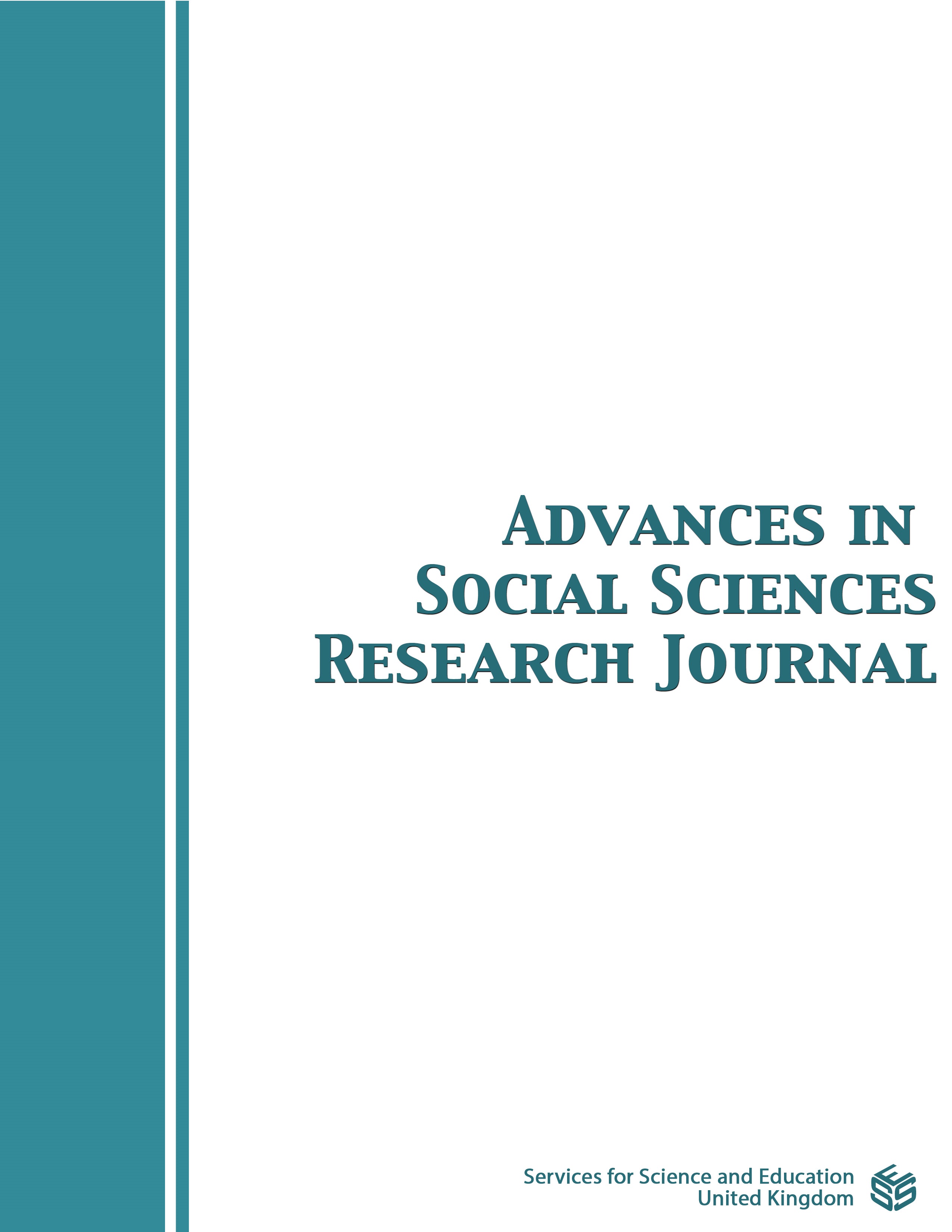Gender and Age-Related Variations in Elite Student-Athletes’ Experiences of Organizational Stressors
DOI:
https://doi.org/10.14738/assrj.116.17075Keywords:
Age, Gender, Organisational Stressors, Student-athletesAbstract
The study investigated gender and age-related group differences of experienced organizational stressors across young adults in popular sports. For this purpose, 93 males (60%) and 62 females (40%) student-athletes (n = 155) aged between 18 and 30 were conveniently surveyed using the Organizational Stressor Indicator for Sport Performers (OSI-SP) through a cross-sectional design. The frequency, intensity and duration dimensions were assessed under the five subcategories of the OSI-SP: "Goals and Development", "Logistics and Operations", "Team and Culture", "Coaching" and "Selection" using the multivariate analysis of variance (MANOVA). There were no significant differences between gender and age groups in the frequency of occurrence of student-athletes’ organizational stressors. However, significant differences were found only in the subcategory "team and culture" under the duration and intensity dimensions of organisational stressors. Specifically, female and younger student-athletes experienced team and culture-related stressors longer and more intense than their male and older counterparts. Based on these findings, sport coaches, sport psychologists and directors of sports working with elite student-athletes in the universities could integrate or design stress management interventions. The rationale for these is to help athletes develop appropriate team dynamics to promote appropriate team culture, climate and optimum well-being, especially for female and younger student-athletes.
Downloads
Published
How to Cite
Issue
Section
License
Copyright (c) 2024 Medina Srem-Sai

This work is licensed under a Creative Commons Attribution 4.0 International License.
Authors wishing to include figures, tables, or text passages that have already been published elsewhere are required to obtain permission from the copyright owner(s) for both the print and online format and to include evidence that such permission has been granted when submitting their papers. Any material received without such evidence will be assumed to originate from the authors.






